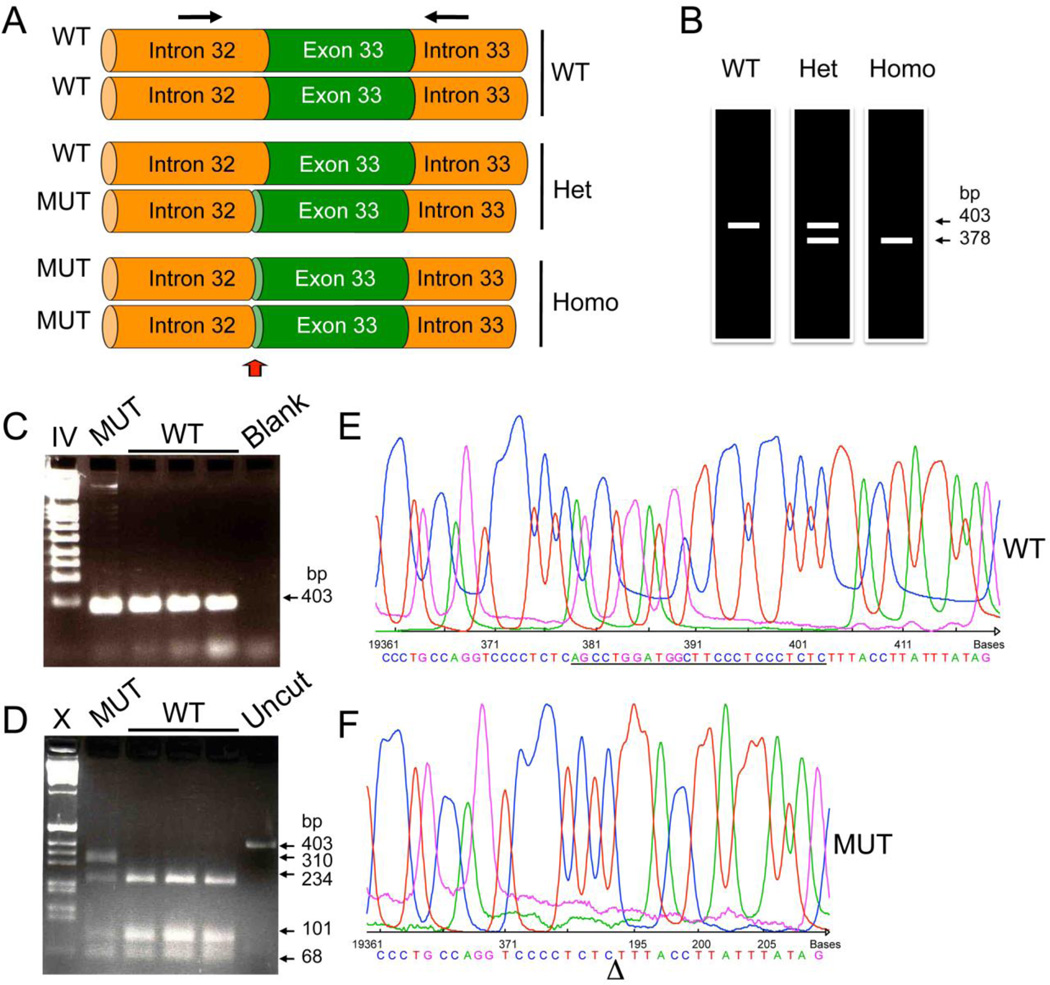Figure 2. Genetic testing to determine the presence of the 25 bp deletion mutation.
(A) Schematic representation of part of MYBPC3 gene representing wild-type (WT), heterozygous and homozygous mutation carries. The arrows indicate both forward and reverse primers used in the PCR reaction (Forward primer: 5'-GTT TCC AGC CTT GGG CAT AGT C-3' and Reverse primer: 5'-GAG GAC AAC GGA GCA AAG CCC-3') to obtain a 403 bp and 378 bp from WT and mutant alleles, respectively. (B) Schematic representation of expected PCR products run on an acrylamide gel (7%) with silver staining as previously described [46]. Non-mutation carriers have a 403 bp PCR product, while homozygous MYBPC3Δ25bp carriers have only the shorter 378 bp PCR product. Heterozygous MYBPC3Δ25bp carriers have both products. In contrast, when PCR products were resolved in 1% agarose gel, the difference of 25 bp is not resolved (C). However, by digesting them with BglI enzyme (D), MYBPC3Δ25bp carriers can be detected. Within the 403 bp sequence, two BglI sites are present, resulting in three fragments (234, 101 and 68 bp). However, MYBPC3Δ25bp loses one of the two BglI sites, resulting in two fragments (310 and 68 bp). Blank reaction resulted in the absence of PCR products (Blank). Uncut PCR products without digestion with BglI are shown (Uncut). Marker lanes IV and X indicate Roche IV and Roche X markers, respectively. DNA sequences of wild-type (E) and mutant (F) alleles are shown. PCR products from heterozygous carriers were cloned into pCR-Blunt II TOPO vector using Zero Blunt TOPO PCR cloning kit (Invitrogen) and then sequenced using T7 forward and M13 reverse primers.

